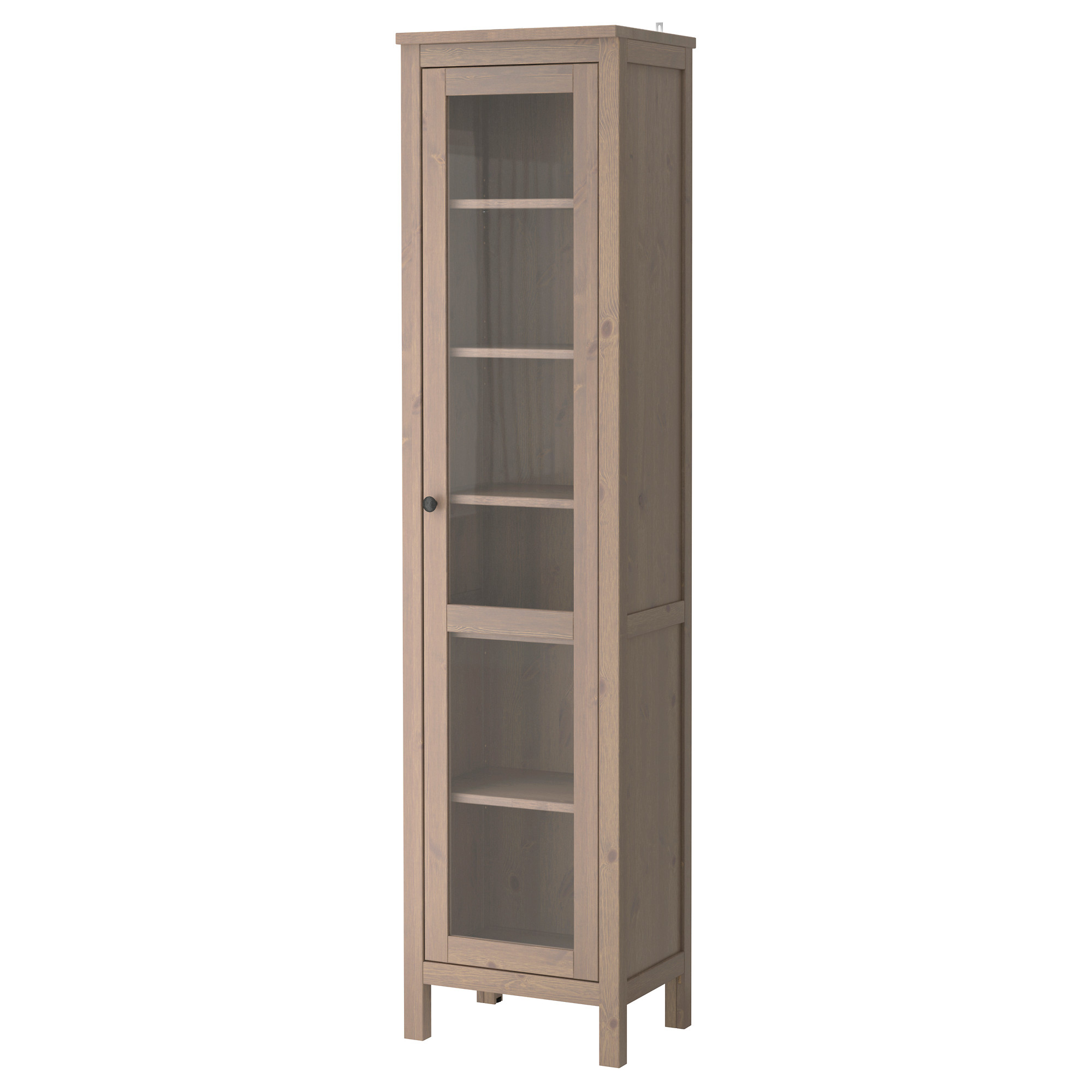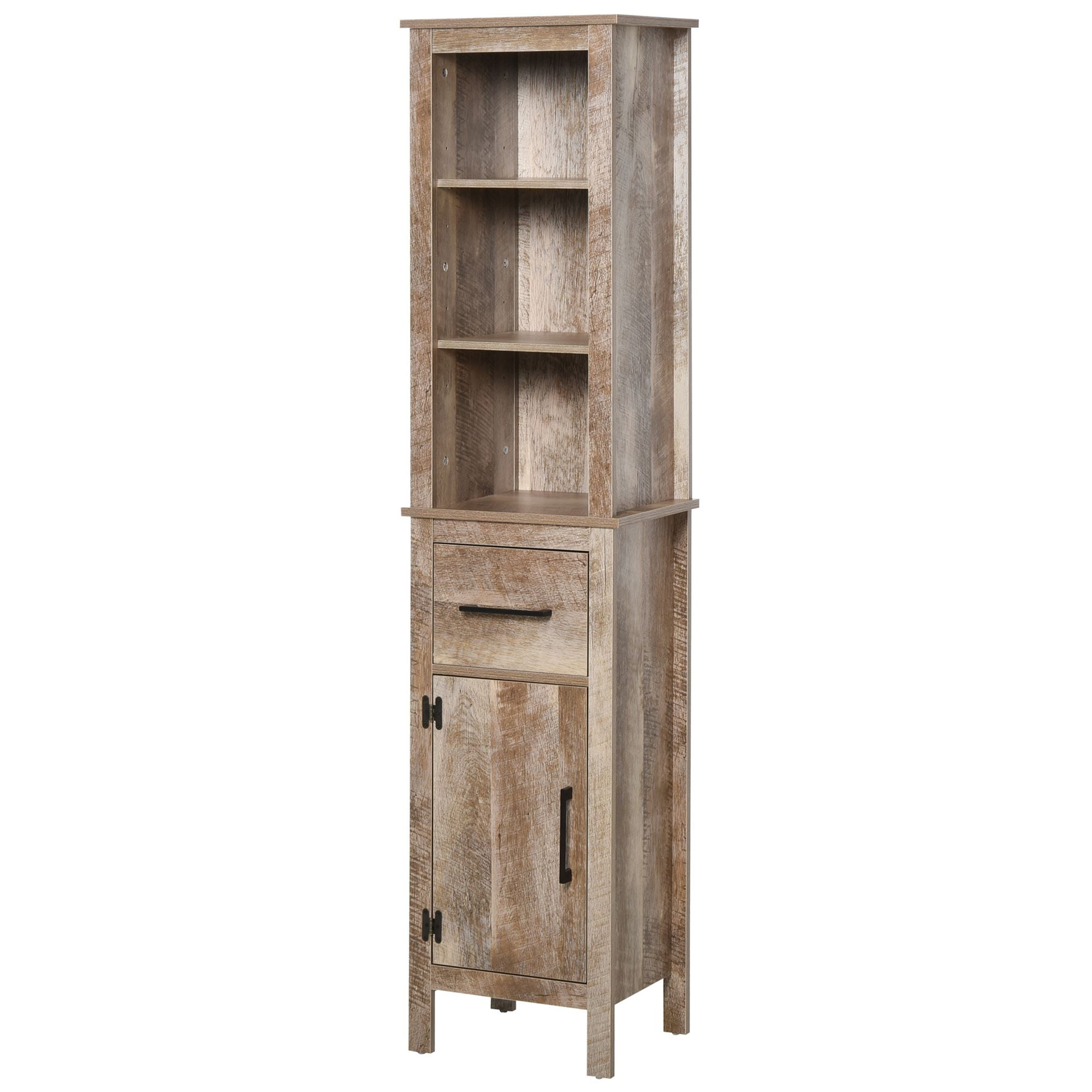Dimensions and Design Considerations for Narrow Depth Bar Cabinets

Step into a world of stylish and efficient home bars! Narrow depth bar cabinets are the perfect solution for maximizing space in smaller apartments, kitchens, or even dedicated home bar areas. They offer the functionality of a full-sized bar without the bulk, allowing you to showcase your finest spirits and glassware while maintaining a sleek and sophisticated aesthetic. Let’s dive into the specifics of dimensions, design, and styles to help you choose the perfect fit for your home.
Typical Dimensions of Narrow Depth Bar Cabinets
Narrow depth bar cabinets typically range in depth from 10 to 16 inches, significantly less than standard bar cabinets which can be 24 inches or more. This slim profile makes them ideal for tight spaces. The width and height vary considerably depending on your storage needs and available space. Below is a table comparing common dimensions and their typical storage capacity. Note that capacity is approximate and can vary based on the interior configuration.
| Width (inches) | Depth (inches) | Height (inches) | Typical Capacity (bottles/glasses) |
|---|---|---|---|
| 36 | 12 | 36 | 20-30 bottles, 10-15 glasses |
| 48 | 14 | 30 | 30-40 bottles, 20-25 glasses |
| 24 | 10 | 36 | 10-15 bottles, 5-10 glasses |
| 60 | 16 | 72 | 50-70 bottles, 30-40 glasses |
Design Elements Maximizing Storage in Narrow Depth Cabinets
Clever design is key to maximizing storage in a narrow depth bar cabinet. These cabinets often incorporate features that compensate for their reduced depth, allowing you to store a surprising amount of liquor, glassware, and bar tools.
Narrow depth bar cabinet – Here are some crucial design elements to look for:
- Adjustable Shelving: Allows you to customize the interior to fit different bottle and glass sizes, optimizing vertical space.
- Pull-Out Drawers: Provide easy access to bar tools, mixers, and other smaller items, preventing clutter and maximizing space utilization.
- Specialized Bottle Racks: These racks are designed to hold bottles securely and efficiently, often utilizing angled or tiered designs to maximize space within the cabinet’s limited depth.
- Glass Storage Options: Dedicated compartments or racks for glasses keep them organized and protected, preventing breakage and maximizing space.
- Hidden Compartments: Some cabinets incorporate hidden compartments or drawers to conceal less frequently used items, maintaining a clean and organized look.
Styles of Narrow Depth Bar Cabinets
Narrow depth bar cabinets are available in a wide array of styles to complement any home decor. From traditional elegance to modern minimalism, you’re sure to find the perfect style to match your existing aesthetic.
Let’s explore some popular styles:
- Traditional: Traditional styles often feature rich wood finishes like cherry or mahogany, ornate detailing, and perhaps even glass doors for showcasing your collection. Think warm tones, classic lines, and a sense of timeless elegance.
- Modern: Modern bar cabinets often feature clean lines, minimalist designs, and sleek materials like lacquered wood or metal. They tend to emphasize functionality and a contemporary aesthetic, often with a focus on neutral color palettes and integrated lighting.
- Rustic: Rustic styles embrace a more natural and weathered look. Reclaimed wood, metal accents, and a slightly distressed finish are common features. These cabinets often evoke a sense of warmth and casual sophistication.
Materials and Construction of Narrow Depth Bar Cabinets

Crafting the perfect narrow depth bar cabinet hinges on selecting the right materials and employing sound construction techniques. The choices you make will significantly impact the cabinet’s durability, aesthetic appeal, and overall lifespan. Let’s delve into the exciting world of materials and construction methods!
The materials and construction methods used in building a narrow depth bar cabinet directly influence its longevity, appearance, and price point. A careful consideration of these factors is crucial for creating a functional and visually stunning piece that will stand the test of time.
Material Comparison: Wood, Metal, and Composites
The selection of materials significantly impacts the final product. Wood offers a classic, warm aesthetic, while metal provides a modern, industrial look. Composite materials present a blend of properties, often at a more budget-friendly price.
Let’s compare the pros and cons of each:
| Material | Pros | Cons |
|---|---|---|
| Wood (e.g., oak, maple, cherry) | Durable, aesthetically pleasing, can be customized, adds warmth to the space. | More expensive, requires regular maintenance (e.g., refinishing, sealing), susceptible to moisture damage. |
| Metal (e.g., steel, aluminum) | Durable, resistant to moisture and scratches, modern aesthetic, relatively easy to clean. | Can be more expensive than some composite materials, may require special tools for assembly, can be prone to dents. |
| Composite Materials (e.g., MDF, particleboard) | Cost-effective, readily available, can be finished to mimic wood or other materials. | Less durable than wood or metal, can be susceptible to moisture damage if not properly sealed, may not hold up as well under heavy use. |
Construction Methods for Durability and Longevity, Narrow depth bar cabinet
The construction techniques employed are vital for ensuring the cabinet’s durability and longevity. Robust construction will prevent warping, sagging, and other issues that can compromise the cabinet’s functionality and aesthetics.
Several construction methods contribute to a cabinet’s strength and lifespan:
- Dovetail Joints: These interlocking joints are incredibly strong and visually appealing, offering exceptional durability. They are commonly found in high-end wooden cabinets.
- Dado Joints: These joints, where one piece of wood is grooved to receive another, offer a strong and stable connection, particularly suitable for frame-and-panel construction.
- Mortise and Tenon Joints: A strong traditional joint where a projecting tenon (peg) fits into a mortise (hole), providing exceptional strength and stability.
- Metal Bracing: Adding metal bracing, especially in cabinets made of composite materials, can significantly enhance structural integrity and prevent sagging.
- High-Quality Hardware: Using robust hinges, drawer slides, and other hardware is crucial for smooth operation and long-term durability. Look for heavy-duty options.
Finishing Options for Narrow Depth Bar Cabinets
The finishing process significantly impacts the cabinet’s appearance and maintenance requirements. Different finishes offer varying levels of protection and aesthetic appeal.
Consider these options:
- Paint: Provides excellent protection and allows for a wide range of colors and finishes (e.g., glossy, matte, satin). Requires proper surface preparation for optimal adhesion and durability.
- Stain: Enhances the natural beauty of the wood grain, offering a more natural look. Requires sealing to protect against moisture and wear.
- Varnish: Provides a protective layer that enhances the wood’s natural beauty while offering good resistance to scratches and spills. Available in various sheens (e.g., high-gloss, semi-gloss).
- Lacquer: Offers a hard, durable finish with excellent scratch and water resistance. Dries quickly and is available in a range of sheens.
Placement and Integration of Narrow Depth Bar Cabinets in Different Spaces
Narrow depth bar cabinets, with their space-saving design, offer remarkable versatility in various home settings. Their slim profile allows for seamless integration, even in the most challenging spaces, transforming underutilized areas into stylish and functional bars. Let’s explore how these cabinets can be strategically placed to enhance different areas of your home.
Narrow Depth Bar Cabinet Placement Scenarios
The adaptability of a narrow depth bar cabinet shines when considering its placement in diverse environments. Below are three distinct scenarios highlighting its integration within various home spaces.
Scenario 1: Small Apartment Kitchen
Imagine a compact city apartment kitchen, where counter space is at a premium. A narrow depth bar cabinet, positioned along a wall between the countertop and the refrigerator, provides additional storage for barware and spirits without encroaching on precious workspace. The cabinet’s sleek design complements the modern aesthetic of the kitchen, maintaining a clean and uncluttered feel. The top surface of the cabinet could even double as a small serving area, enhancing functionality. The overall effect is a sophisticated and space-efficient bar area within a limited footprint. A minimalist, light-colored cabinet would further enhance the feeling of spaciousness.
Scenario 2: Dedicated Home Bar Area
In a home with a dedicated bar area, a narrow depth bar cabinet can play a crucial role in creating a sophisticated and organized space. Imagine a wall-mounted cabinet flanking a mirrored backsplash, its sleek lines complementing the overall design. The cabinet’s depth allows for efficient storage of liquor bottles and glasses, while leaving ample room for comfortable movement within the bar area. The cabinet could be paired with a countertop and bar stools, creating a welcoming and functional space for entertaining guests. A dark wood finish would add warmth and sophistication to this dedicated bar area.
Scenario 3: Dining Room Integration
Unexpectedly, a narrow depth bar cabinet can also find a home in the dining room. Imagine a sideboard-style cabinet placed against a wall adjacent to the dining table. It serves as a stylish and practical storage solution for serving dishes, glassware, and even a small collection of fine wines. The cabinet’s subtle presence enhances the room’s elegance without overwhelming the dining area. A light-colored cabinet with glass doors would showcase the glassware, adding a touch of sophistication to the dining room’s ambiance.
Maximizing Space Utilization with Narrow Depth Bar Cabinets
Clever placement and creative solutions can maximize the space utilization of a narrow depth bar cabinet, particularly in small or oddly shaped rooms. For instance, a cabinet could be fitted into an alcove, transforming a previously unusable space into a functional bar area. In a small room, placing the cabinet against a wall, rather than in the center, allows for better flow and prevents the cabinet from feeling overwhelming. Consider utilizing the vertical space by choosing a tall, narrow cabinet to maximize storage capacity within a minimal footprint. Custom-designed cabinets can be tailored to fit unusual spaces and integrate seamlessly into existing architecture.
